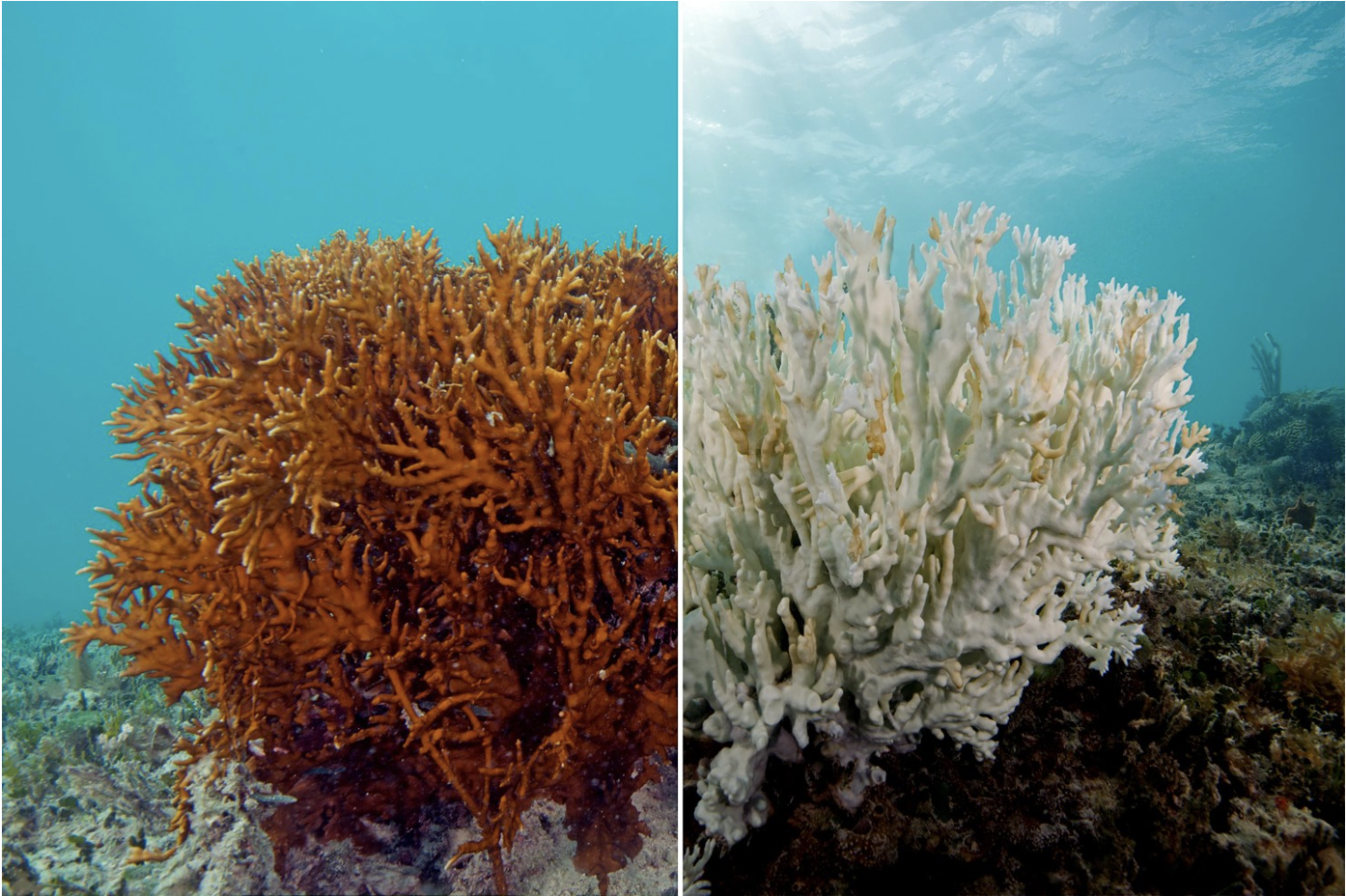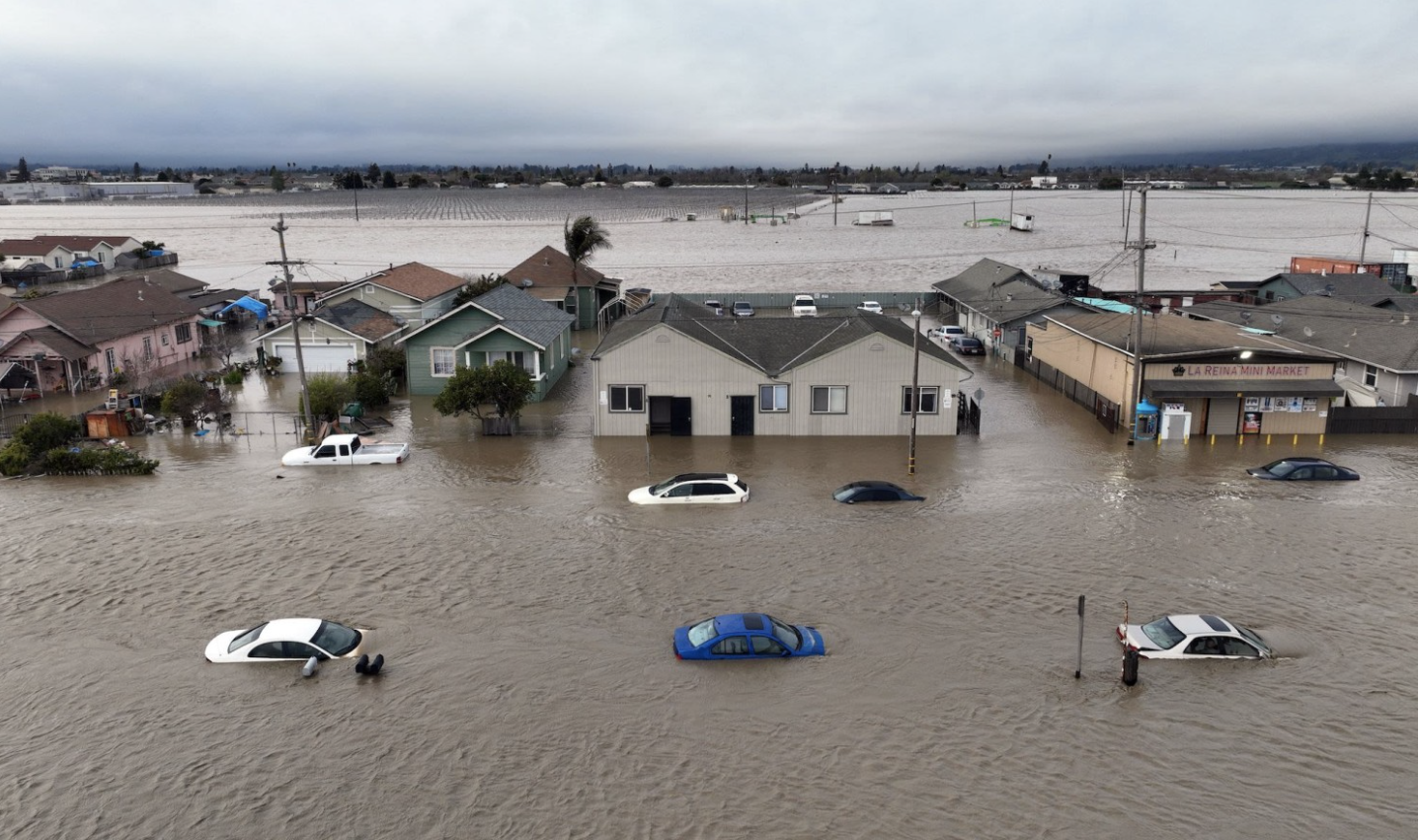
In a clear reminder of the accelerating pace of climate change, July 2023 is the third consecutive month where record-breaking high sea temperatures were registered.
The month of July has long been associated with summer’s heat, but this year’s sea temperature measurements have raised alarm bells among scientists and environmentalists alike.
The National Oceanic and Atmospheric Administration (NOAA) reported that the average global sea surface temperature in July 2023 was the highest ever recorded for that month since record-keeping began.
Why is this happening?
One of the most significant factors contributing to these soaring temperatures is the accumulation of greenhouse gases in the atmosphere. The burning of fossil fuels, deforestation, and industrial activities have led to the release of carbon dioxide and other heat-trapping gases, intensifying the greenhouse effect.
This phenomenon has far-reaching consequences, including the warming of ocean waters.

What are its effects on the environment?
Rising sea temperatures carry a host of serious implications. The impacts of warmer oceans extend beyond just discomfort for beachgoers; they have profound effects on marine ecosystems, weather patterns, and the livelihoods of coastal communities.
Coral reefs, already under stress from pollution and overfishing, are particularly vulnerable to bleaching events triggered by warmer waters. These events disrupt the delicate balance of these ecosystems and can lead to irreversible damage.

Moreover, the increasing temperatures of oceans can intensify hurricanes and typhoons, potentially leading to more powerful and destructive storms.
Rising sea levels, another consequence of climate change, can be exacerbated by the expansion of seawater as it heats up. Coastal regions, already grappling with sea level rise, face heightened flooding and erosion risks due to these factors.

Another devastating consequence of rising sea temperatures and climate change is the steep decline in male sea turtles. Indeed, a turtle’s gender is determined by the sand’s temperature, and, with higher sand temperatures, most turtles are now females. Read more about this phenomenon and its consequences in this article here:

What can we do to help?
The record-breaking sea temperatures in July 2023 serve as a stark reminder that urgent action is needed to curb the impacts of climate change.
International agreements like the Paris Agreement have aimed to mitigate the global rise in temperatures, but greater efforts are required from nations and industries to drastically reduce carbon emissions and transition to renewable energy sources.
Governments, businesses, and individuals all have a role to play in combatting climate change and its far-reaching effects on our oceans and planet.
Investments in sustainable practices, renewable energy, and conservation efforts can contribute to slowing down the warming of our seas and safeguarding the delicate balance of marine ecosystems.
As individuals, we can reduce our carbon emissions by transitioning to renewable energy sources like solar, wind, and hydroelectric.
 Wind turbines
Wind turbines
It is important to choose more sustainable ways of transportation, such as public transportation or bikes and scooters, instead of cars.
Moreover, try to support more sustainable fisheries and buy local when possible. Sustainable fishing practices prevent overfishing and can help maintain a healthier marine ecosystem.
Minimize the use of single-use plastic objects, like plates and straws, switching them up for more eco-friendly alternatives, such as The Happy Turtle Straw.





